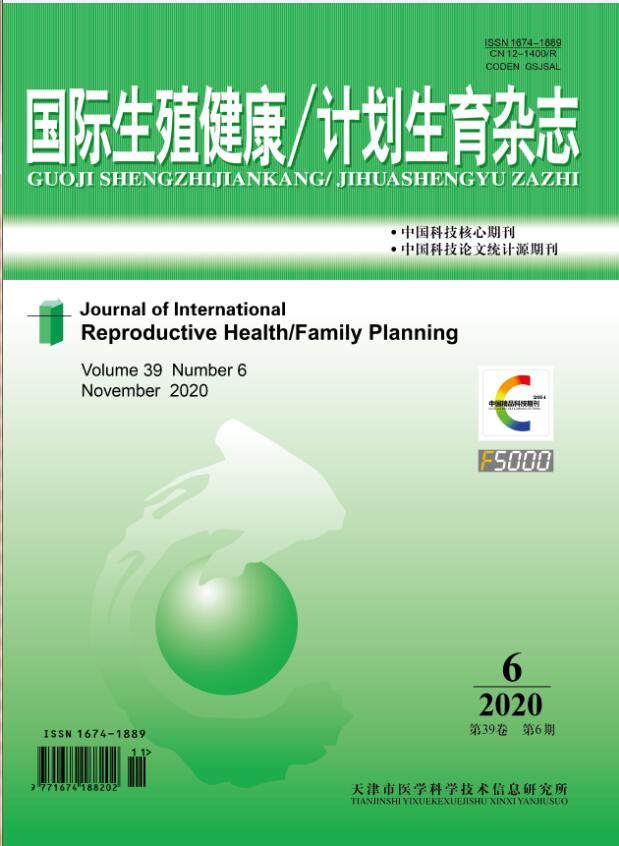|
|
The Effect of In Vitro Manipulation on Sperm Parameters and ROS
SHI Xiao;WANG Ting;LIU Li;QIU Zhuo-lin;ZHAN Xiao-min;CHEN Si-mei;QUAN Song
2015, 34 (6):
503-506.
Objective:To study the effects of various physical interventions [such as centrifugation, repeated pipetting, Percoll gradient centrifugation (PGC)] on the recovery rate, motility, membrane integrity (MI) and intercellular ROS (DCFMFI) of mice spermatozoa. Methods: The mice sperms were treated by different centrifugation force and time (200×g, 400×g, 600×g, 800×g; 5 min, 10 min, 15 min, 20 min), different pipetting times (2, 4, 6, 8, 10 times) and PGC condition (600×g, 800×g, 1 000×g, 1 200×g; 15 min, 30 min), so as to explore the impact factors and optimal procedure of sperm treatment. Results: The factorial analysis showed that the centrifugation force and centrifugation duration were two factors of the sperm recovery rate in centrifugation procedure and the percentage of motile sperm in PGC procedure(P<0.05). The centrifugation force was a single factor of the percentage of motile sperm in centrifugation procedure and the MI in PGC procedure(P<0.05). The pipetting procedure was related to the MI and the percentage of motile sperm(P<0.05). The percentage of motile sperm was significantly decreased when the centrifugation force reached to 600×g (P<0.05). The MI and percentage of motility sperm were significantly decreased when the pipetting times were more than 4 (P<0.05). The percentage of motile sperm was significantly increased when the centrifugation force was more than 800×g and the centrifugation duration was 30 min in PGC procedure (P<0.05). However, the MI was significantly decreased when the centrifugation force was over 1 000×g (P<0.05). There was not significant change in the DCFMFI after different sperm treatments (P>0.05). Conclusions: During mouse sperm treatment, the centrifugation force should be controlled under 600×g, the pipetting times less than 4, and the optimal PGC procedure is 800×g 30 min.
Related Articles |
Metrics
|

